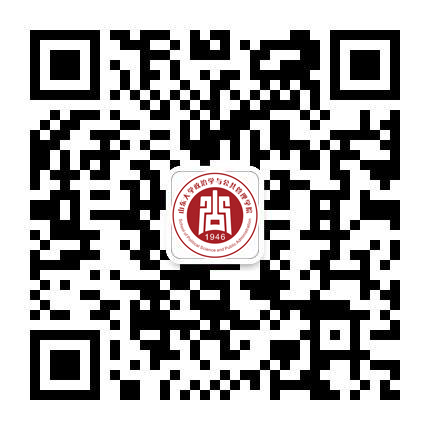摘要:
The rapid rise of China and other emerging economies has led many to believe that the world order is in transition. The relative strength of the major trading countries (the international trade configuration) in the international trade arena has changed significantly; the growth of international trade, meanwhile, has slowed down since the global financial crisis in 20082009. Some observers claim that there is disorder, or at least a new type of normative order emerging in international trade. This anxiety peaked when President Donald Trump took office and adopted a set of protectionist and unilateral trade policies detrimental to US trade partners. This article develops an analytical framework to measure international trade in 19962017 in order to explore whether or not the international trade order still exists or, as many claim, it has changed. The results suggest that international trade in 2017 remains in order, and that the normative type of this order has not changed compared to that in 1996, when the World Trade Organization was freshly established. This suggests, therefore, that changes in the international trade configuration do not necessarily lead to changes in the international trade order. Although the Trump administrations trade policies challenge the stability of this normative order, the influence of the United States on such order is largely limited by the diverged rule-making power in multilateral frameworks. More importantly, the United States seems interested in revising detailed trading rules to suit American interests, rather than in challenging current trading principles. Therefore, this article argues that the current international order will not be eliminated, and that a normative order of this type is unlikely to be replaced by another one.
原文载于CHINESE JOURNAL OF INTERNATIONAL POLITICS
卷: 12
期: 1
页: 93-122
DOI: 10.1093/cjip/poz001
出版年: SPR 2019

 扫一扫
扫一扫